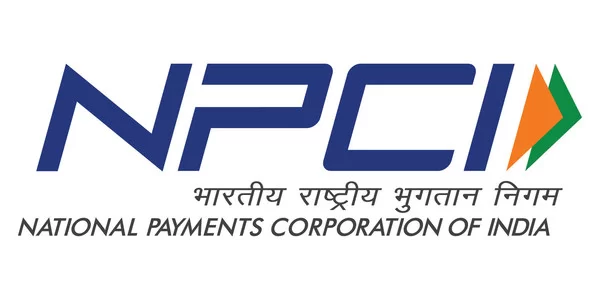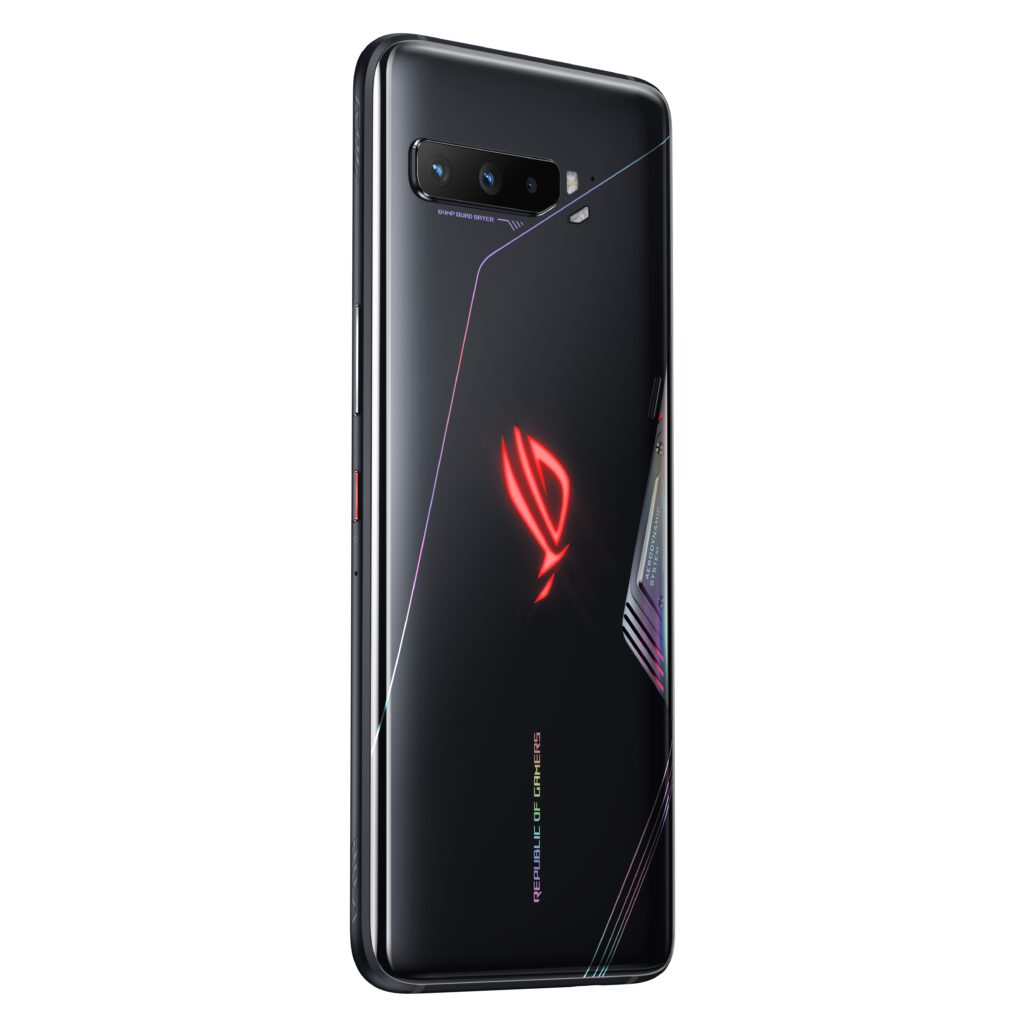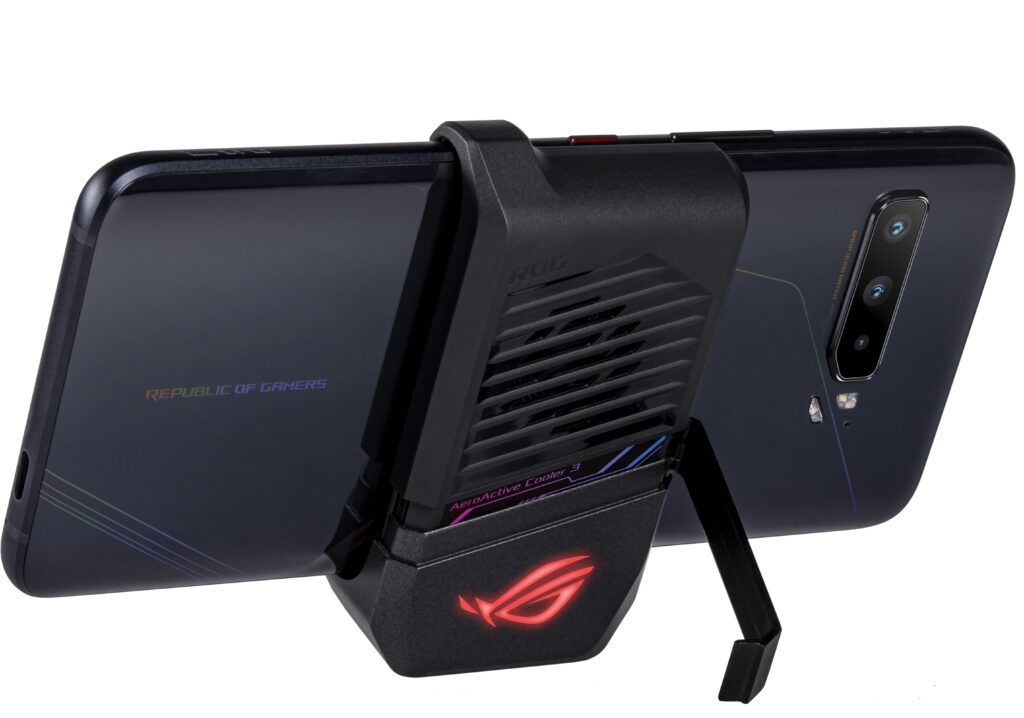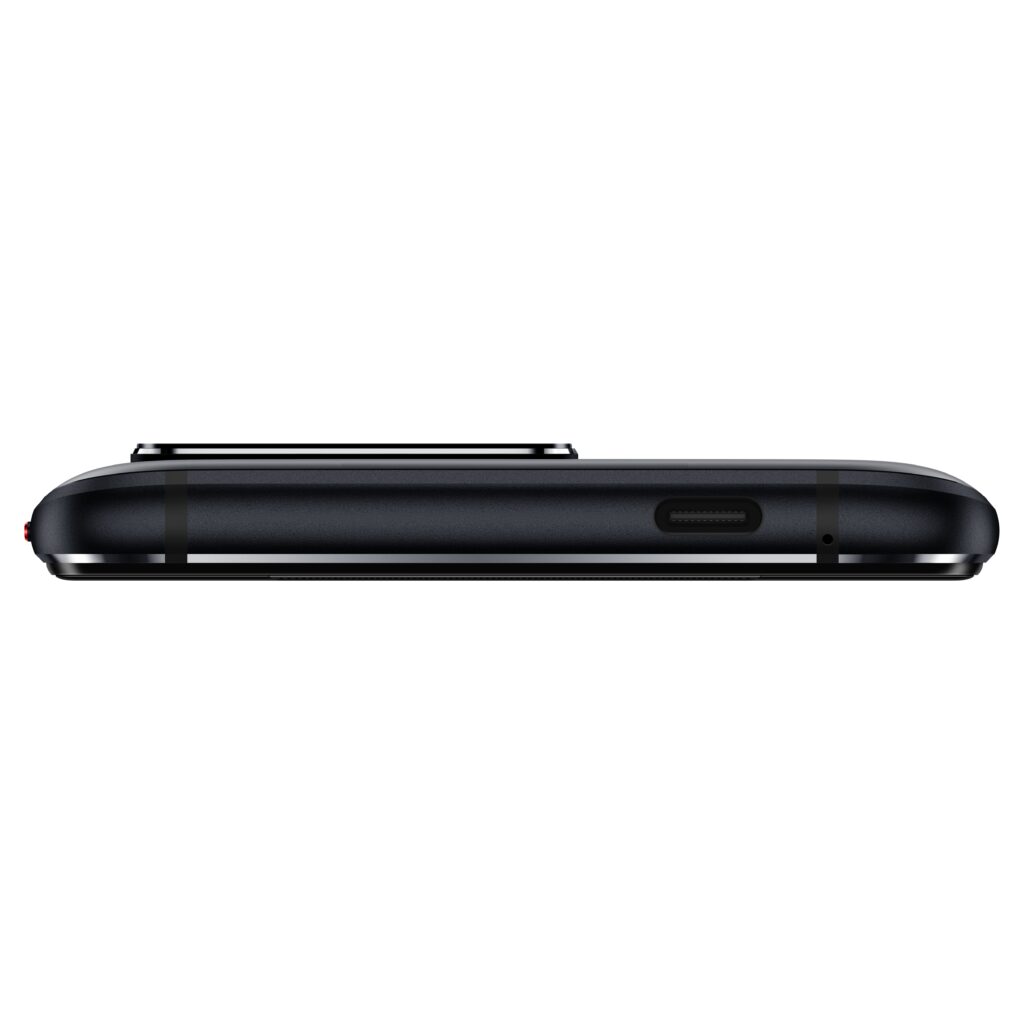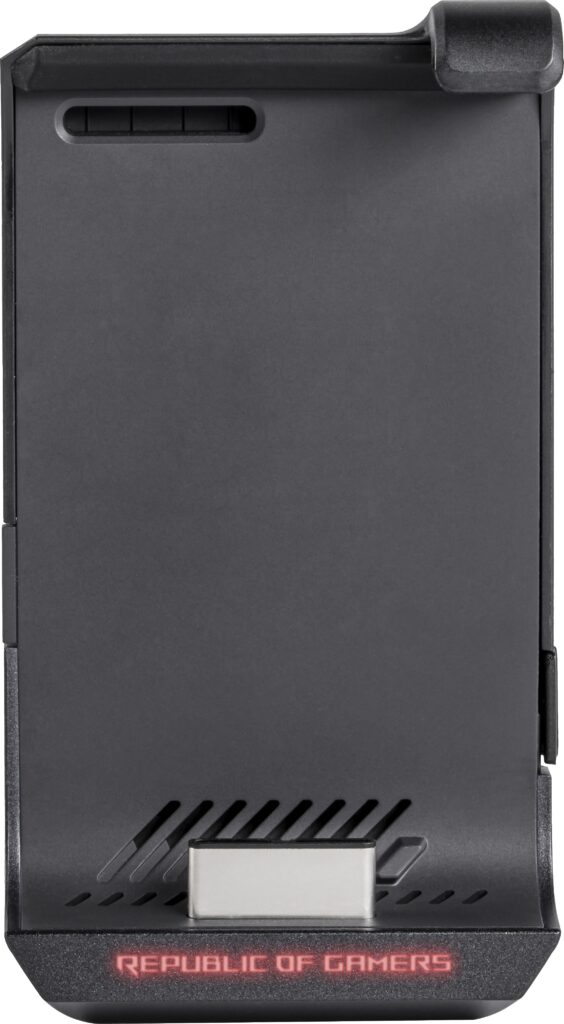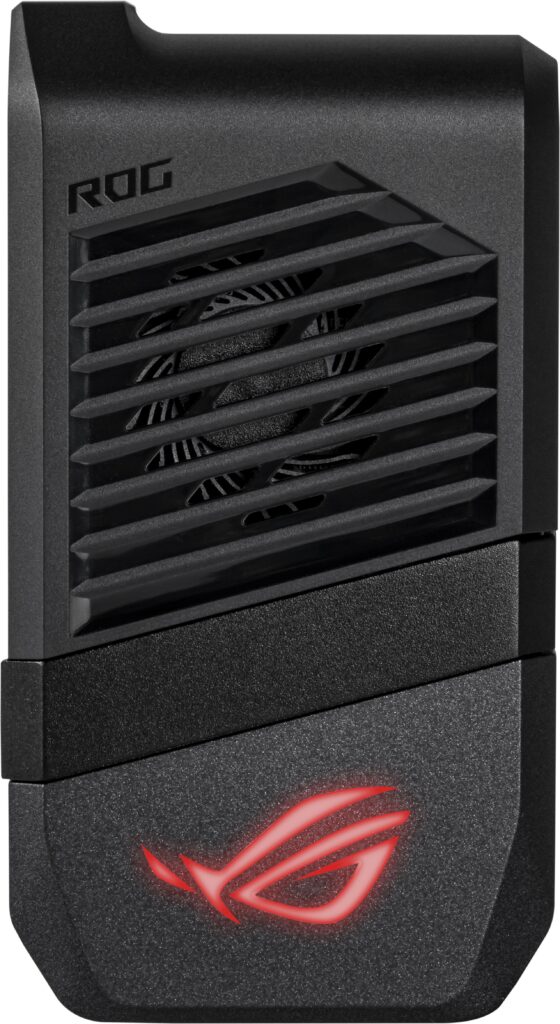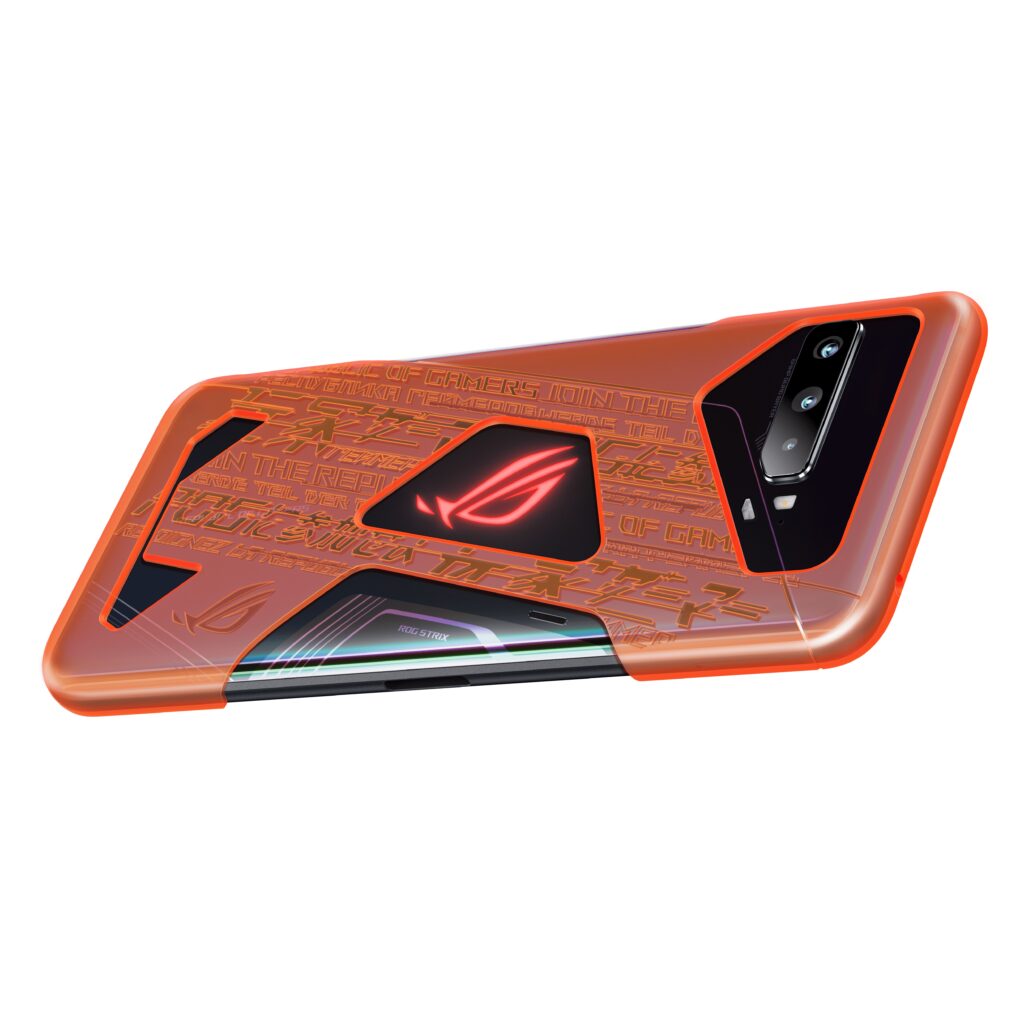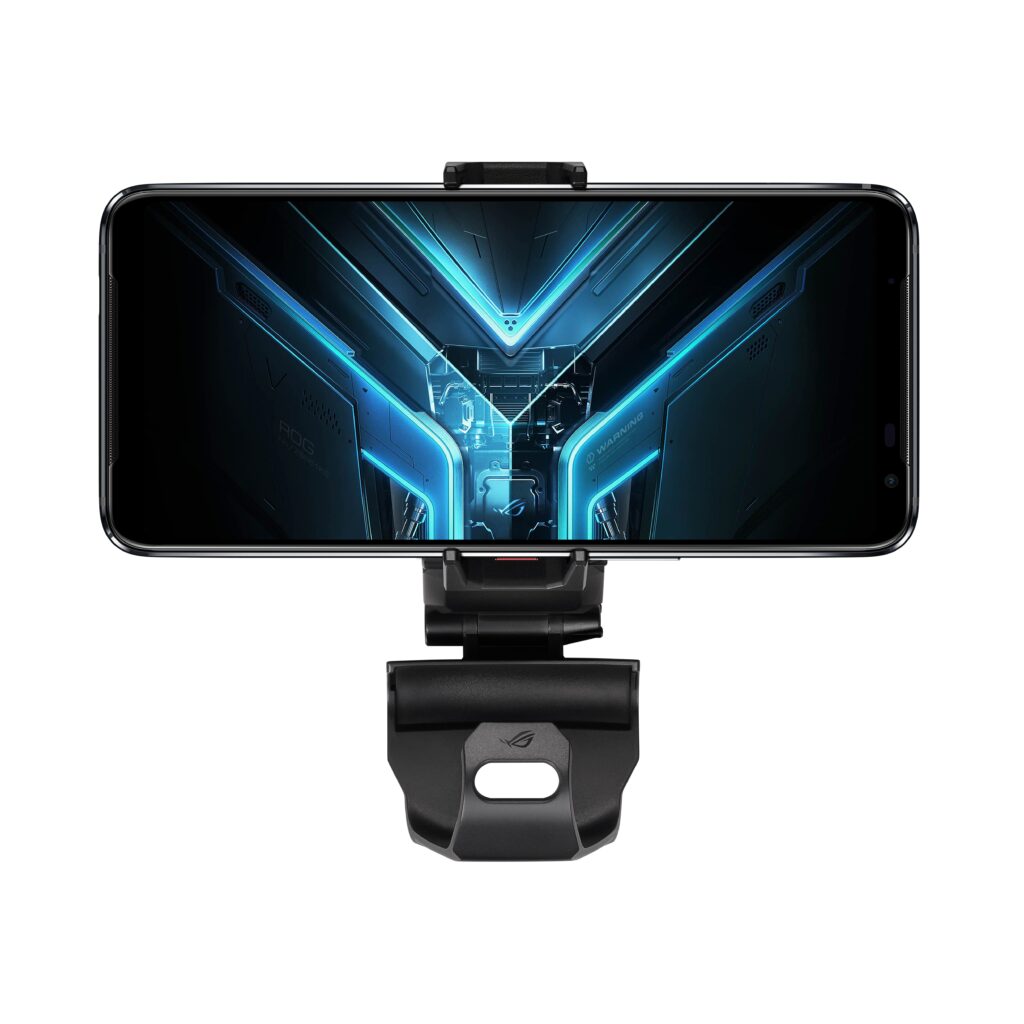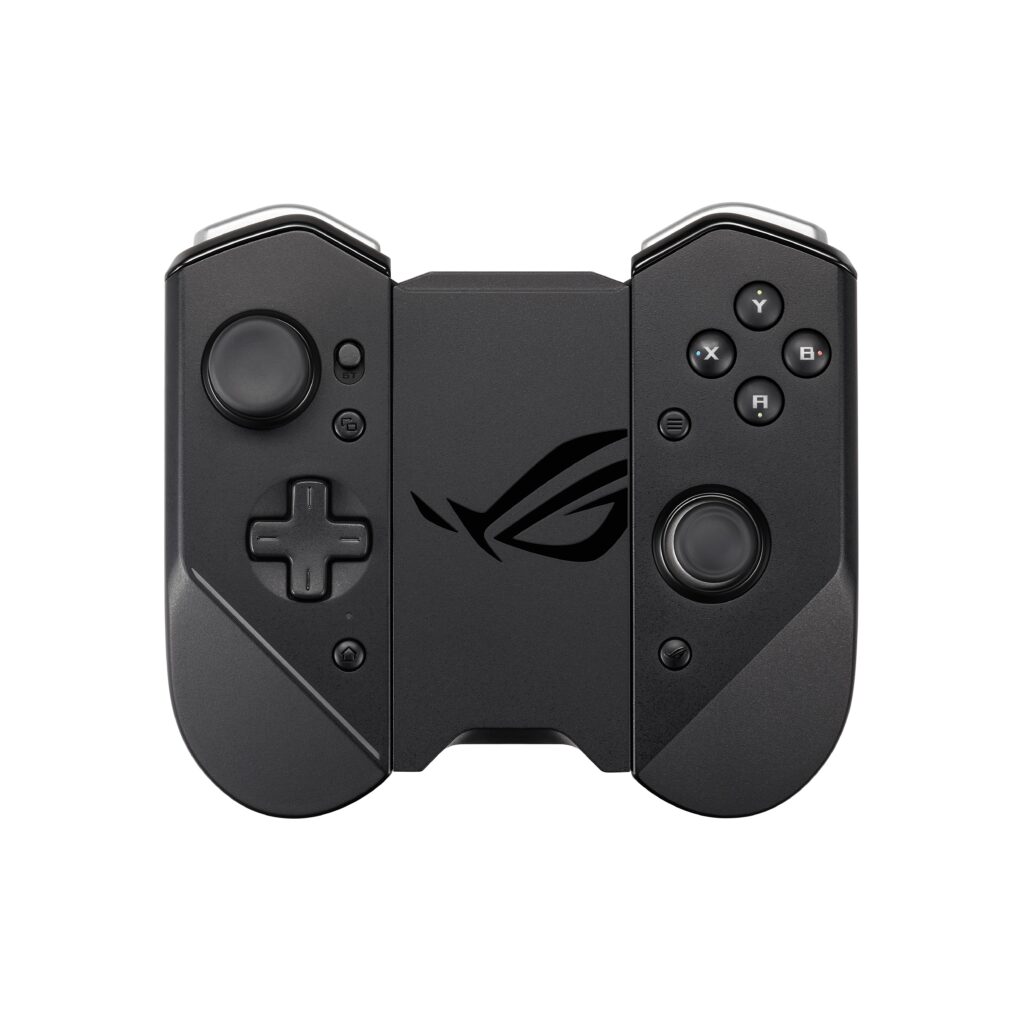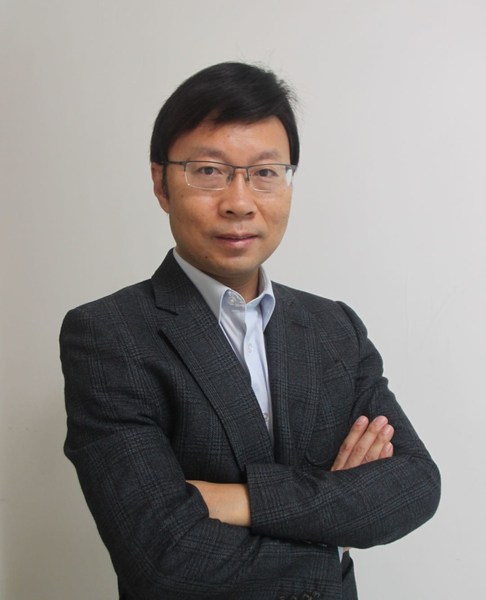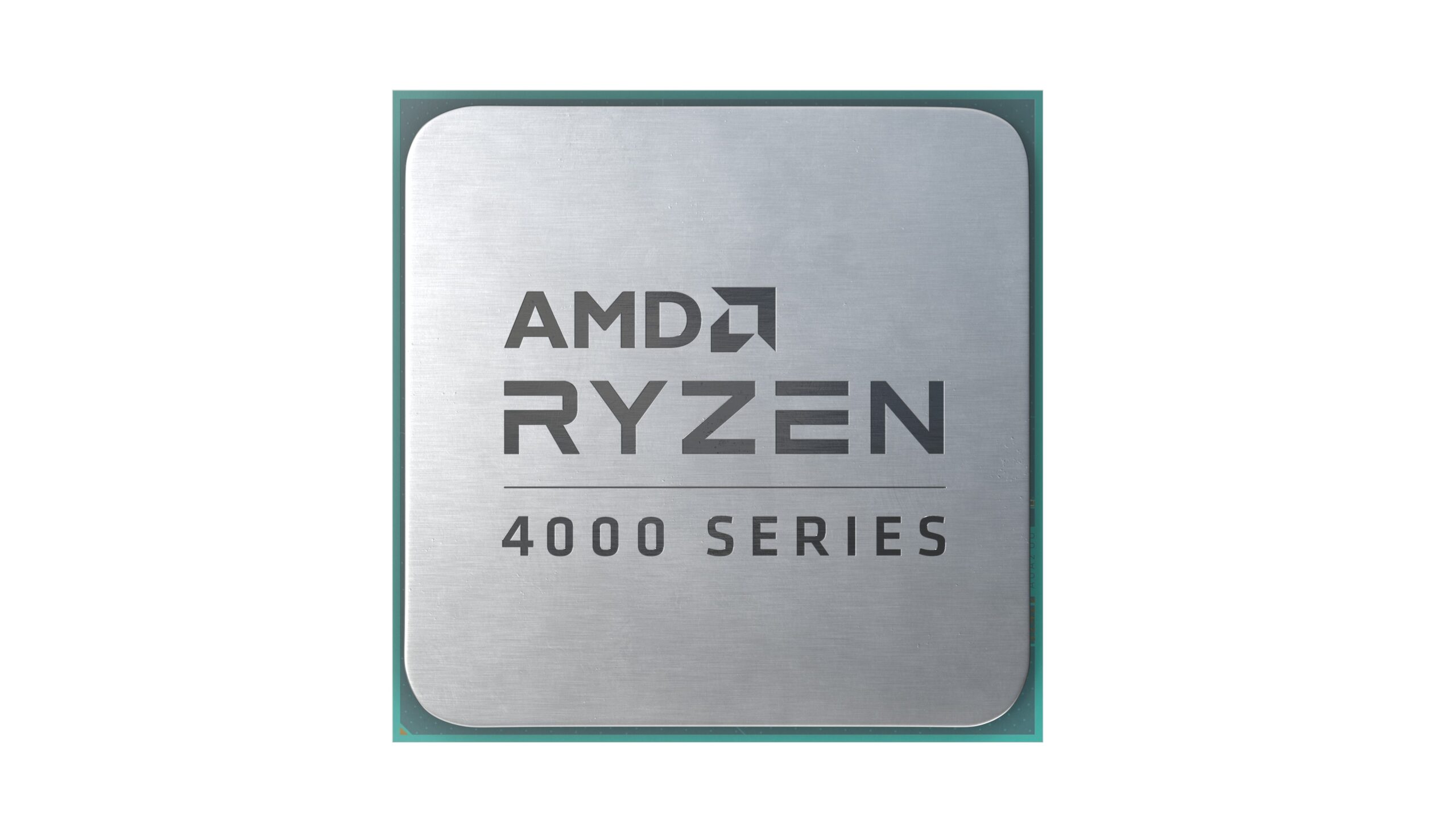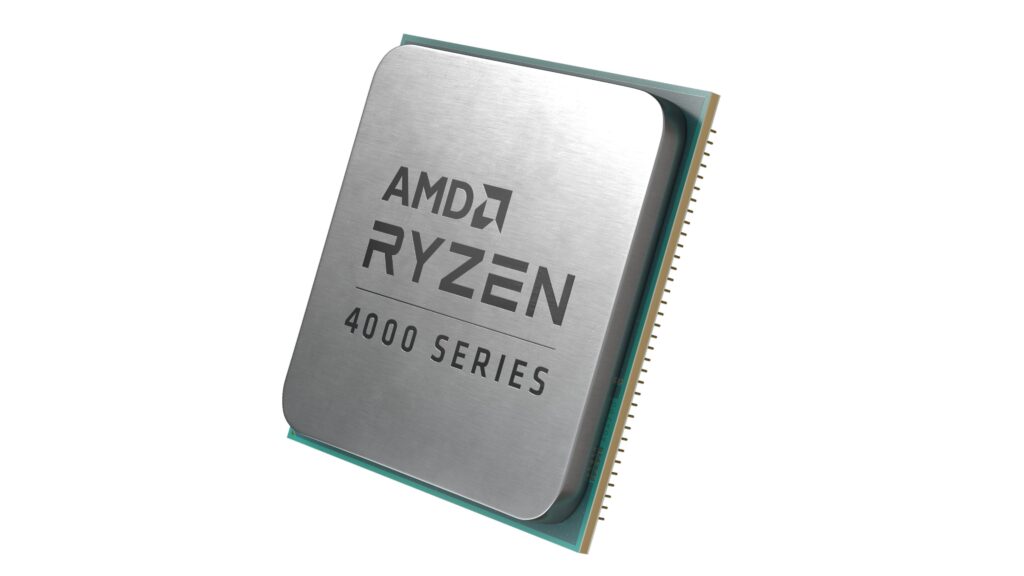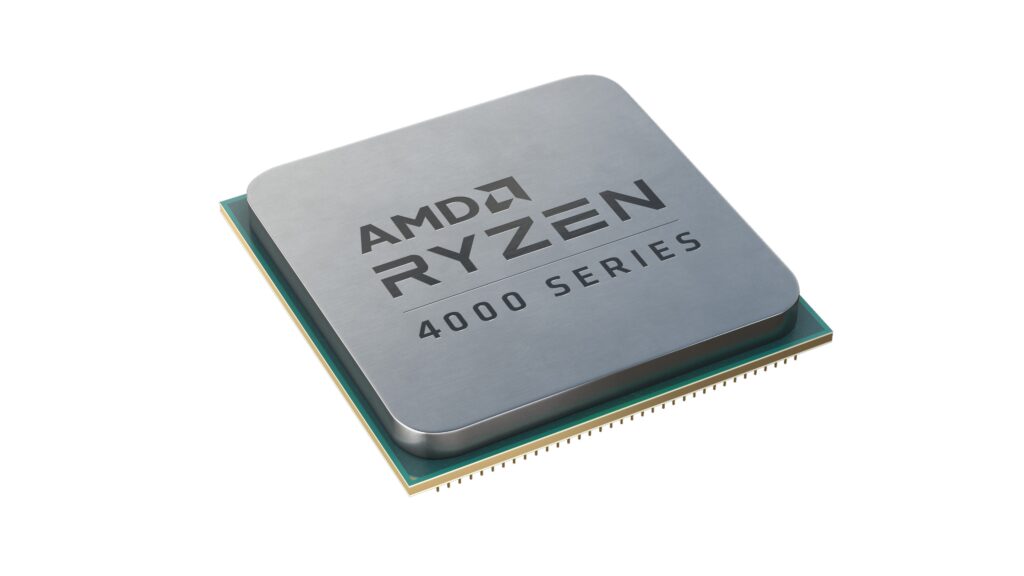 |
– Customers can now set e-mandate on UPI platform to perform recurring payments of upto Rs. 2000; for amount above Rs. 2000, customers have to execute every mandate with UPI PIN
– Customers can now enable recurring e-mandate using any UPI application for recurring payments such as mobile bills, electricity bills, EMI payments, entertainment/OTT subscriptions, insurance, mutual funds and loan payments, paying for transit/metro payments among others
– The facility to provide millions of UPI users convenience, safety while making recurring payments
MUMBAI, India, July 23, 2020 — Mumbai National Payment Corporation of India (NPCI) said that it has launched the functionality of UPI AutoPay for recurring payments. With this new facility introduced under UPI 2.0, customers can now enable recurring e-mandate using any UPI application for recurring payments such as mobile bills, electricity bills, EMI payments, entertainment/OTT subscriptions, insurance, mutual funds and loan payments, paying for transit/metro payments among others of upto Rs. 2000. If the amount exceeds Rs. 2000, customers have to execute every mandate with UPI PIN.
Any UPI-enabled application would also have a ‘Mandate’ section, through which customers can create, approve, modify, pause as well as revoke auto debit mandate. The mandate section will allow customers to view their past mandates for their reference and records. UPI users can create e-mandate through UPI ID, QR scan or Intent. The pattern for auto debit mandate has been created keeping in mind customers’ spends on recurring payments. The mandates can be set for one-time, daily, weekly, fortnightly, monthly, bi-monthly, quarterly, half yearly and yearly.
Both, individual users and merchants can benefit from this feature tremendously, as mandates are generated instantly and payments get deducted automatically on the authorized date. The customers have to authenticate their account through UPI PIN for one-time and subsequent monthly payments would be debited automatically.
Some of the banks, merchants and aggregators who have already gone live with UPI AutoPay are Axis Bank, Bank of Baroda, HDFC Bank, HSBC Bank, ICICI Bank, IDFC Bank, IndusInd Bank, Paytm Payments Bank, AutoPe-Delhi Metro, AutoPe-Dish TV, CAMS Pay, Furlenco, Growfitter, Policy Bazaar, Testbook.com, The Hindu, Times Prime, Paytm, PayU, RazorPay, among others.Jio Payments Bank, State Bank of India, YES Bank and PhonePe will soon go live with UPI AutoPay.
Nandan Nilekani Chairman and Co-Founder, Infosys Limited said,“UPI being the one stop destination for customers’ day-to-day spends,acts as a backbone of digital India. Introducing UPI AutoPay on UPI is a testament of continuous innovation in the digital payments space.This was also one of the key recommendations of the RBI Committee on Deepening of Digital Payments,which I chaired.It is a proud moment for the ecosystem to witness features like UPI AutoPay, which is technology driven that requires minimum human intervention.”
Rajnish Kumar, Chairman, SBI said,”We are glad to witness the launch of UPI AutoPay facility at this momentous event. We believe this unique facility would enable customers streamline their recurring bill payments and help them get rid of paying those bills manually. It is a pleasure to watch both banks and digital payment ecosystem collectively working towards providing utmost convenience to customers. We are confident that the coming years would bring in various innovative digital payments solutions keeping in mind customers ease of payments convenience and safety.”
Dilip Asbe, MD & CEO, NPCI said, “The launch of UPI AutoPay is a step ahead in India’s journey towards digitization. We have been witnessing a lot of changes in the way customers are making recurring payments over the last few years. The UPI AutoPay offering would provide millions of UPI user’s convenience and safety while making recurring payments. We believe, this facility will not only benefit customers, but also merchants with an all new recurring payments experience. We also hope to achieve new milestones by expanding UPI’s presence especially in the P2M payment space.”
With RBI continuously encouraging customers to adopt digital payments,offerings like the launch of UPI AutoPay would further attract customers to on-board UPI and witness a new arena of digital payments. The UPI 2.0 offers features such as overdraft facility, one-time mandate, invoice in the inbox and signed intent & QR and foreign inward remittance among others to the customers.
About NPCI
For more information, visit: https://www.npci.org.in/
Corporate contact:
Swagata Gupta
swagata.gupta@npci.org.in
+91- 98200 88951
Adfactors PR:
Sumeet Chhabra
+91-9619437559
Sumeet.Chhabra@adfactorspr.com
Related Links :
